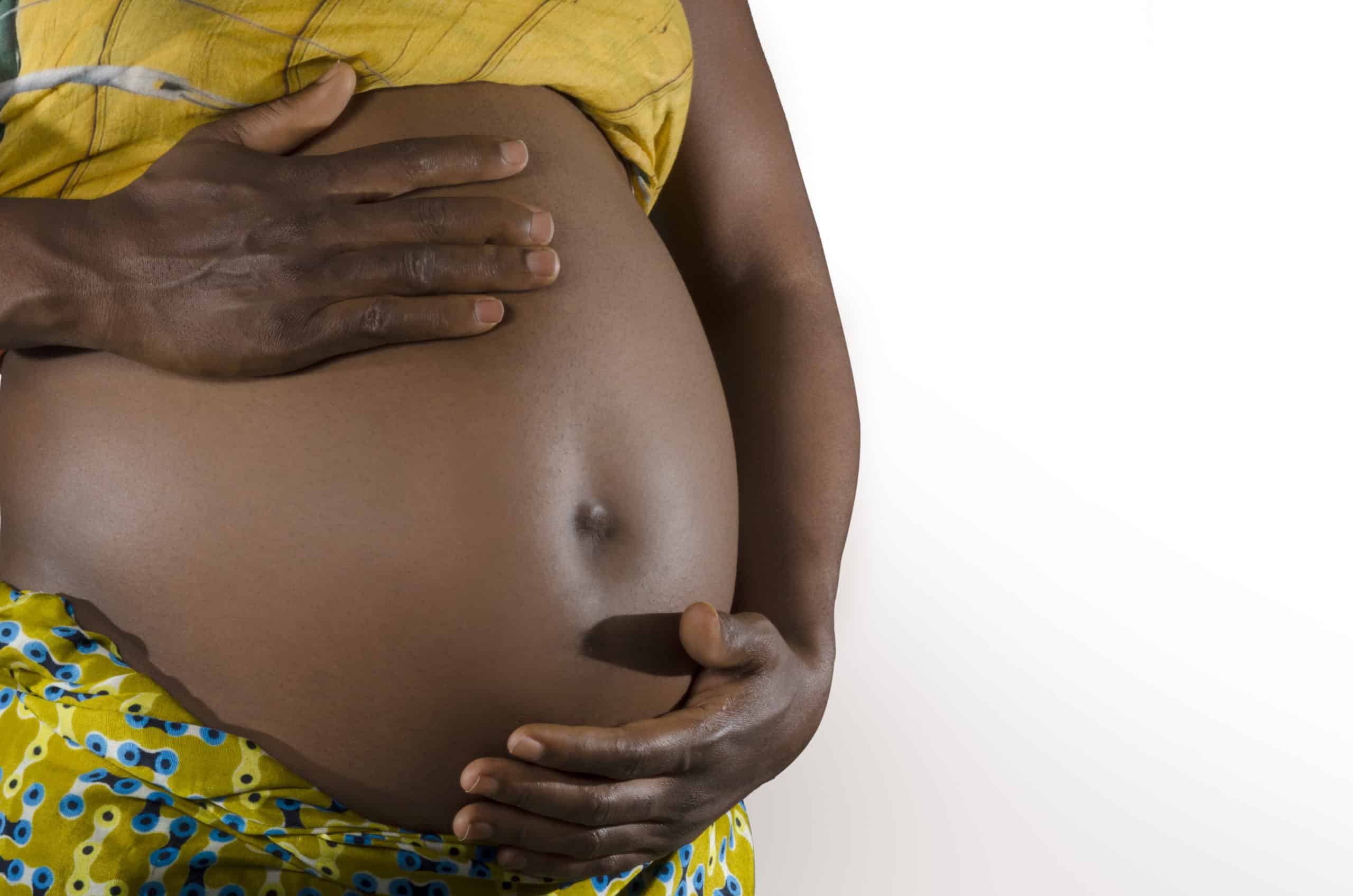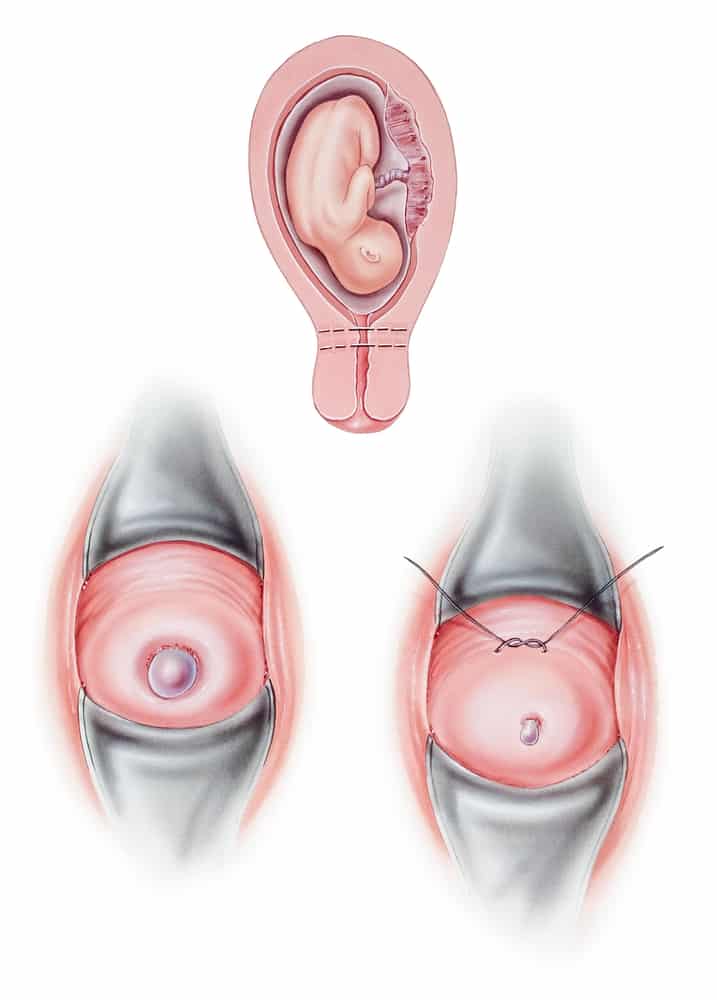It’s another day and you catch yourself looking at the calendar again, counting down the few weeks left to meet your little bundle of joy. Although this pregnancy is just 7 months old, you still worry if it would be like the others; perhaps this one would also arrive too early.
Hopefully, it would be different this time. Especially when you remember all the precautionary measures you have put in place.
These measures are based on medical advice from your last antenatal clinic appointment. Actually, the doctor suggested a cervical cerclage.
From that moment, although the doctor did her best to explain, you still wonder if it would be enough to save your child.
What Is a Cervical Cerclage?
Cervical cerclage refers to a couple of procedures done to keep your cervix closed before delivery.
It is also called a “cervical stitch”.
The cervix is the funnel-shaped lower part of your womb. It opens during childbirth to allow your baby free passage out of the womb and into the world. However, opening of the cervix too early could lead to premature labor. Therefore, cervical cerclage is done to help support the cervix during pregnancy, keeping it closed until childbirth or at least the baby is mature enough to thrive outside the womb.

Why Is It Done?
The cervix is closed, long, and firm in the absence of pregnancy.
During pregnancy, it gradually softens, shortens, and expands as your body prepares to ease your baby into the world.
In some cases, the cervix begins to efface (stretch and thin out) and open too early. This usually occurs in women with a short or weak cervix. It can lead to premature childbirth or in some severe cases, a miscarriage.

Shutterstock/ Medical Art
When Is It Recommended?
You may need a cervical cerclage if :
- You have a short or weak cervix that starts to open in the second trimester (before 24 weeks of pregnancy).
- There’s a history of miscarriage with painless dilation of the cervix in the second trimester.
- You had a cervical cerclage in your previous pregnancy.
- The previous pregnancy ended in a preterm delivery (before 34 weeks of pregnancy).
This procedure is usually done between 12 to 14 weeks of pregnancy. However, a doctor may recommend a cervical cerclage as late as the 24th week. Anything after this would be too risky.
When Is It Not Recommended?
A cervical cerclage cannot always be recommended as a quick fix for everyone at risk of premature delivery.
It is discouraged in cases where active vaginal bleeding, preterm labor, and an intrauterine infection are present. Your doctor is also less likely to recommend this procedure if you are pregnant with twins or more.
How Effective Is Cervical Cerclage?
Research suggests that a cervical cerclage helps reduce the risk of premature delivery. However, this is greatly affected by some factors such as the timing and degree of cervical change before the cerclage.
What To Expect
- Before The Procedure; An ultrasound image of your womb would be taken to check the health of your baby. Also, a swab of your cervical mucus may also be taken to rule out any infections.

- During the Procedure; A cervical cerclage is usually done through the vagina (transvaginal) or less commonly, through the belly (transabdominal). You would be given medicine to numb the pain before the doctor begins. This could be a pain-numbing injection in your back (such as an epidural) or something to sedate you. You may also fall asleep depending on what kind of medicine is given.
- After The Procedure; You may experience some symptoms immediately after the procedure such as;
- Mild Spotting
- Mild Cramping
- Increased Vaginal Discharge (colourless and odourless)
Spotting, cramping, and vaginal discharge after a cerclage are all normal. If you notice any increase, please inform your doctor. Avoid any unnecessary physical activity for about 2-3 days after the procedure and just give yourself time to relax. Sometimes you may be asked to abstain from sexual intercourse as well.
- Before Delivery; Your cervical cerclage stitches have to be removed before childbirth as the cervix is the only non-surgical passageway for your baby. Your doctor would recommend this when childbirth is around the corner, usually around 37 weeks of pregnancy. It might be required sooner if you go into labor.
Your stitches may be left in before childbirth if you are having a C-section. You may also decide to keep it in for a longer period, but this should be discussed with your doctor as it may make it difficult for you to get pregnant.
Listen to your body..
In the end, the goal is for you to have a safe delivery and give birth to a healthy child. Therefore, it is essential to inform your doctor in time of any changes you may notice, seek and heed their medical advice as regards your pregnancy, to the ultimate benefit of you and your baby.
References
- Zarei, M., Zahedifard, T., & Nori, R. (2018). Successful treatment with home care during the second half of a twin pregnancy complicated by a short cervix: A case report. Biomedical Research and Therapy, 5(02), 2045-2049. https://doi.org/10.15419/bmrat.v5i02.419.
- Nivin Todd 2020, Cervical Cerclage and Your Pregnancy; What You Need to Know, WebMD, Viewed on June 3, 2020,

